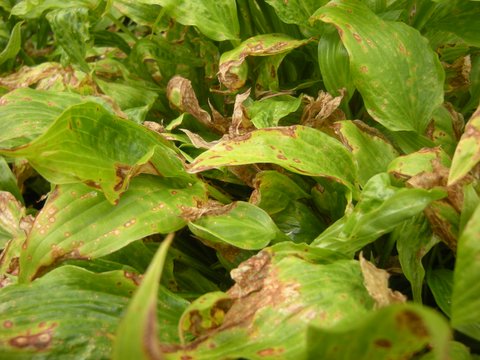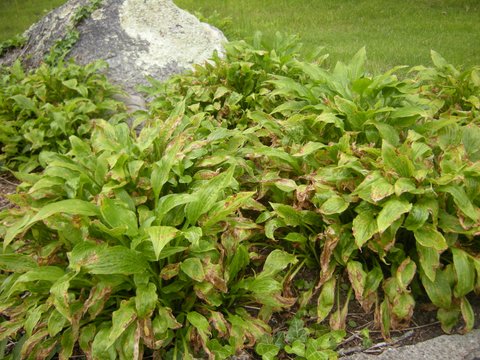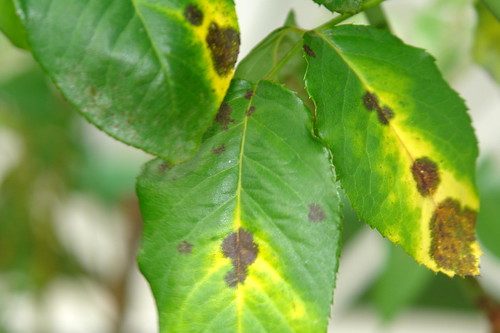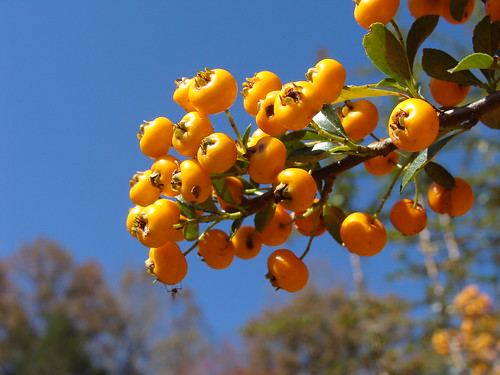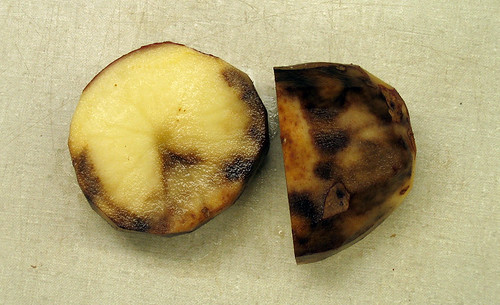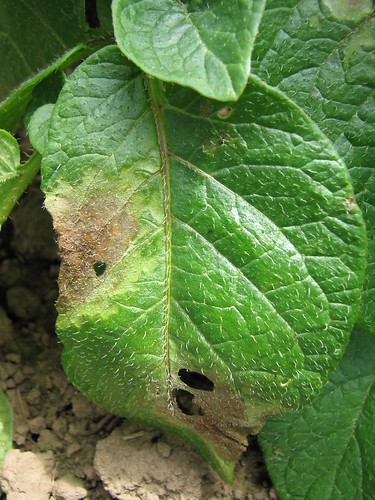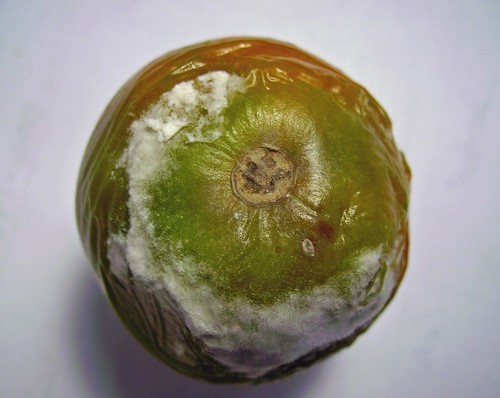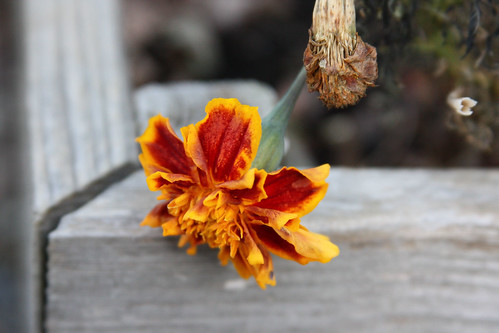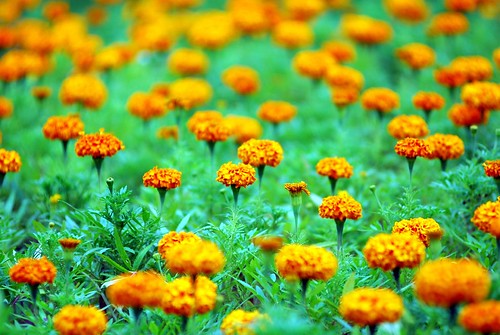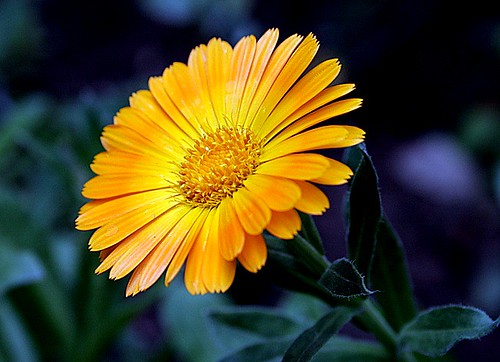TheGardenLady received this question from Jim.
The leaves on a number of my gladiolas have developed a bend or a crease, often when they are nearing blooming, from which they never recover. This is so maddening! Yep, at about the halfway point in the long leaves, they just droop over, usually developing a crease, and the plant never blooms. ‘I’ve actually tried to “splint” these plants, to no avail. This usually occurs when the leaves are forming that “fan” shape from the bottom upward, when the plant is about to form buds.It’s like “so close, yet so far”. Would appreciate some input.
Though I hate planting bulbs each year, I love gladiolas and am willing to do the extra work finding spaces to put them in my garden.
But like all plants glads can have diseases. Since TheGardenLady has not seen your plants, from your description it sounds like the corms of your plants are infected with what is referred to as Fusarium rot and yellows.
Here is what the University of Minnesota Extension has to say about the disease:
Corms infected with the fungus oxysporum f.sp gladioli may produce symptomatic plants or develop dry rot in storage. Plants growing from infected corms may develop arching young stalks or premature yellowing of leaves and faded flower colors. Often plants are stunted and fail to bloom. The corm rot, not always visible externally, is often restricted to the corm base. When the corm is split in half, there may be dark-colored streaks that extend from the corm base through the flesh. In storage, corms may develop dark spots on the surface or in severe cases the entire center may be black and decayed. Management includes removal of infected plants and corms with obvious decay. Follow good harvesting and storage procedures. Fungicides may be used to dust corms before planting. The use of high nitrogen fertilizers tends to increase corm rot development.
If this description fits what you are observing with your plants, dig them up and discard. Do not compost. If this description does not fit what is happening to your plants, take the entire sick plant, include the corm, to your local Master Gardener office for them to ID the disease.
Next year if you decide to plant more gladiolas, this GardenLady would buy new corms from a reliable source and plant these new corms in different locations than were planted this year.
One source for Gladiola bulbs* that looks interesting that this GardenLady wants to try is Heirloom Gladiolus Bulbs.
*corms are referred to as bulbs by most people


